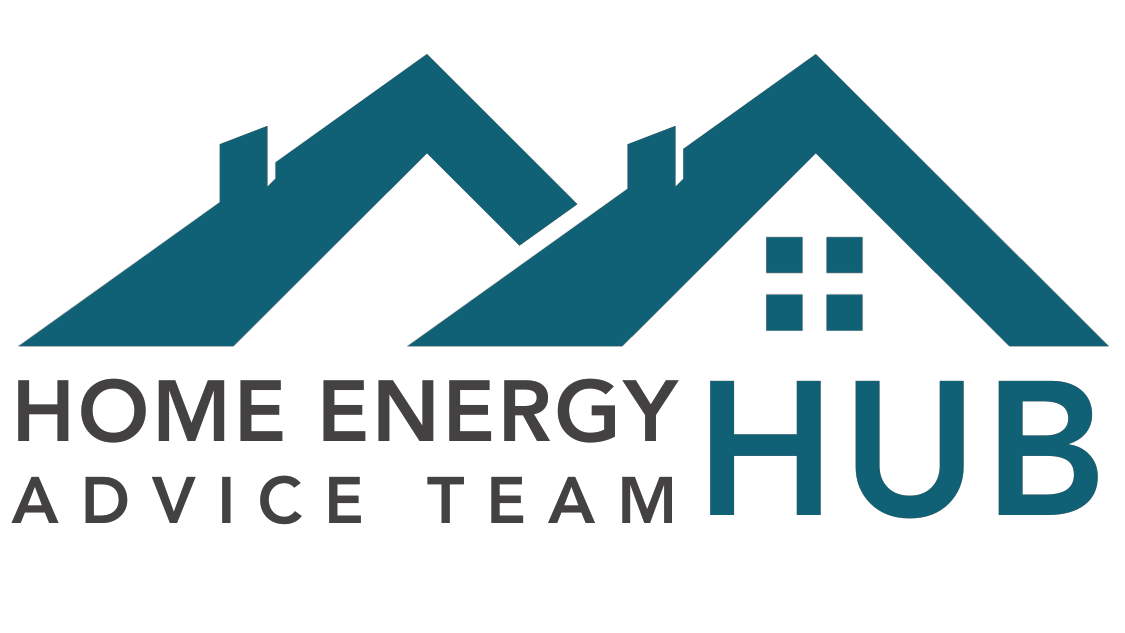Energy Efficiency Factsheets
Our factsheets are here to increase your knowledge on energy efficiency, advising you on the costs and annual savings of home improvements, whilst demonstrating the annual carbon savings. We also aim to simplify the process of retrofit by offering helpful advice on making home improvements.
Photovoltaic (PV) panels convert energy from the sun into electricity by means of PV cells. If your roof is suitable you may be able to generate your own electricity to use in your home and sell back to the grid.
Homes with a room-in-roof (RiR) can be very cold in winter and can overheat in summer. Insulating will make the space more comfortable year-round.
Insulating your loft is one of the most cost-effective ways to keep your household heat in. Without it, your roof is letting up to 25% of household heat escape.
Replacing your electric or solid fuel boiler with a Heat Pump can be one of the most effective ways to de-carbonise your heating system. The savings you could make depend on your home and your current heating system.
Floor insulation is effective, but the type of insulation varies from home to home. Find out whether your property is suited to solid floor insulation or suspended floor insulation.
Cavity walls are made of two layers of brick or blockwork with a gap in between. Blowing insulation into this gap can reduce heat loss through the walls.
A lot of heat escapes through uninsulated solid walls - generally around half of the heat is lost from the house! Solid Wall Insulation mitigates this.







